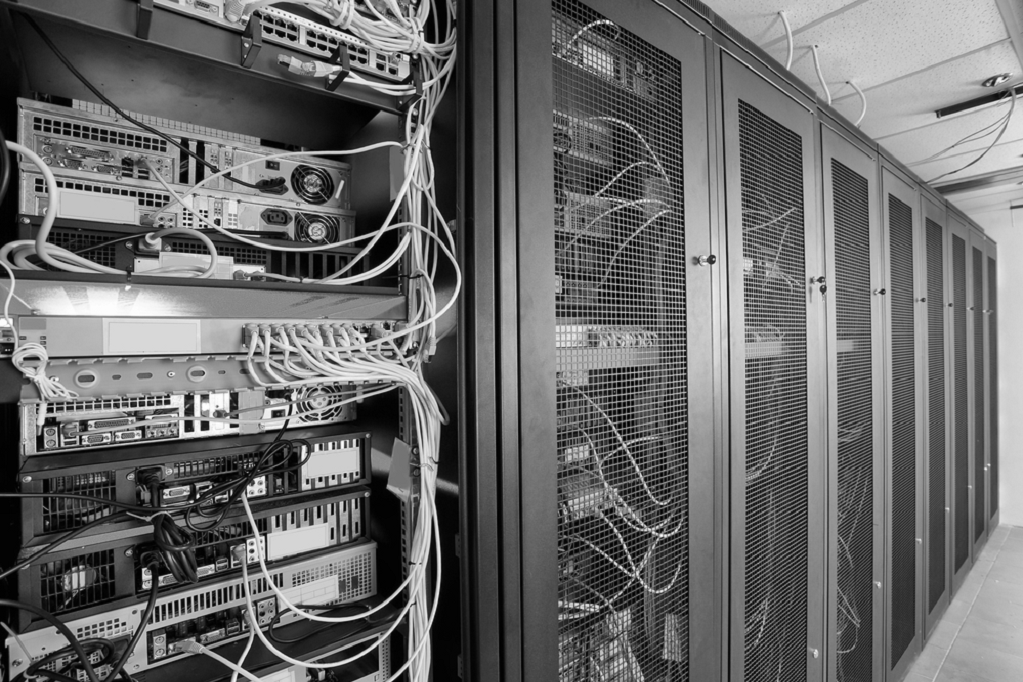Spanning Tree Protocol
I recently sat my CCNP 300-115 – Switch exam. I spent months taking notes on all of the important information needed to pass the exam. This study guide focuses on all things related to the Spanning Tree Protocol.
Please see also
- CCNP Switch 300-115 Study Guide
- CCNP Switch 300-115 Study Guide – First Hop Redundancy Protocols
- CCNP Switch 300-115 Study Guide – Switch Security
- CCNP Switch 300-115 Study Guide – VLANs and VTP
- CCNP Switch 300-115 Study Guide – EtherChannels
- CCNP Switch 300-115 Study Guide – CDP and LLDP
STP
STP – 802.1D
RSTP – 802.1w
MST – 802.1s
- Spanning tree port priority can be incremented by 16
- Stp is unable to achieve rapid transition for trunk links
- Two STP elements that influence root port selection. Port Priority and cost
- PVST+ will reduce switch resource usage and managerial burdens,
- STP determines path cost by – Interface bandwidth
- RPVST+ – all ports can generate BPDUs
- What happens when switch configured with RSTP receives a 802.1d bpdu – 802.1d does not understand RSTP BPDUs because they are different versions, but when it does receive one it responds with one and they eventually run 802.1d to communicate.
- When 2 instances of MST are running on a switch there are then 3 spanning tree instances running.
- Spanning-tree portfast default – configures all ports on a switch to immediately enter the forwarding state when switch is reset.
- #show spanning-tree summary – can show what spanning tree guard features are configured
- Rapid-PVST – is compatible with 802.1D normal STP
- 2 commands to enable loop guard – Globally – #spanning-tree loopguard default. Interface – #spanning-tree guard loop
- RSTP topology changes- only non edge ports moving to the forwarding state generate a TC BPDU.
- If RSTP switch is connected to a switch running PVST+ – both will run PVST+
- RSTP is compatible with STP
- RPVST – All switches can generate and send BPDUs
- MST – enables RSTP and uses BPDU type 2
- MST – is vendor neutral, it can map multiple VLANs to a single instance of STP
- RSTP port states – learning, forwarding, discarding.
- First step STP performs to establish a loop free spanning tree – elects a root bridge
- If RSTP edge port receives BPDU the switch generates a topology change notification BPDU, the port becomes a normal STP switch port
- When MST is enabled, RSTP is automatically enabled and MST will use BPDU version 2, maximum of -6 instances of MST can exist.
- The lower the 2 byte priority value of a switch, it is more likely to become the root bridge, if all bridges have the same 2 byte priority code, then the bridge with the lowest MAC address becomes the root bridge
- CST common spanning tree is the IEEE 802.1q implementation of Spanning Tree
- Catalyst 4.1 release or above is capable with PVST+
- 3 Parameters required to define MST region – The region name, Configuration revision number, instance to vlan mapping
- #show inconsistent ports command – shows spanning tree inconsistent ports
- RSTP- alternate and backup port states
- PVST is a Cisco proprietary version of STP that operates a separate instance of STP for each individual VLAN.
- Forward delay time determines the amount of time a port stays in the listening state before moving into the learning state, and how long it stays in the learning state before moving to the forwarding state.
- Forward delay timer is 15 seconds
- STP blocking state can receive BPDUs but cannot receive data or learn MAC addresses.
- Edgeport in RSTP is equivalent to portfast in STP
- Which keywords can be applied to the spanning tree priority command to allow the change to adjust timers based on the number of a switches between two end stations – Diameter
- What 2 things occur when an RSTP edge port receives a BPDU – The port becomes a normal STP switch port, The switch generates a topology change notification BPDU
- Which of the following factors is used to determine which port becomes the root port in a parallel link topology – Upstream port ID
- Which best describes the function MSTP. Prevents bridge loops from occuring
Stp port states
- Listening – sends and receives BPDUs to determine root but does not update the mac address table
- Disabled – does not partricpate in stp
- Blocking – Does not participate in forwarding
- Forwarding – sends and receives data frames
- Learning – Populates the mac address table

